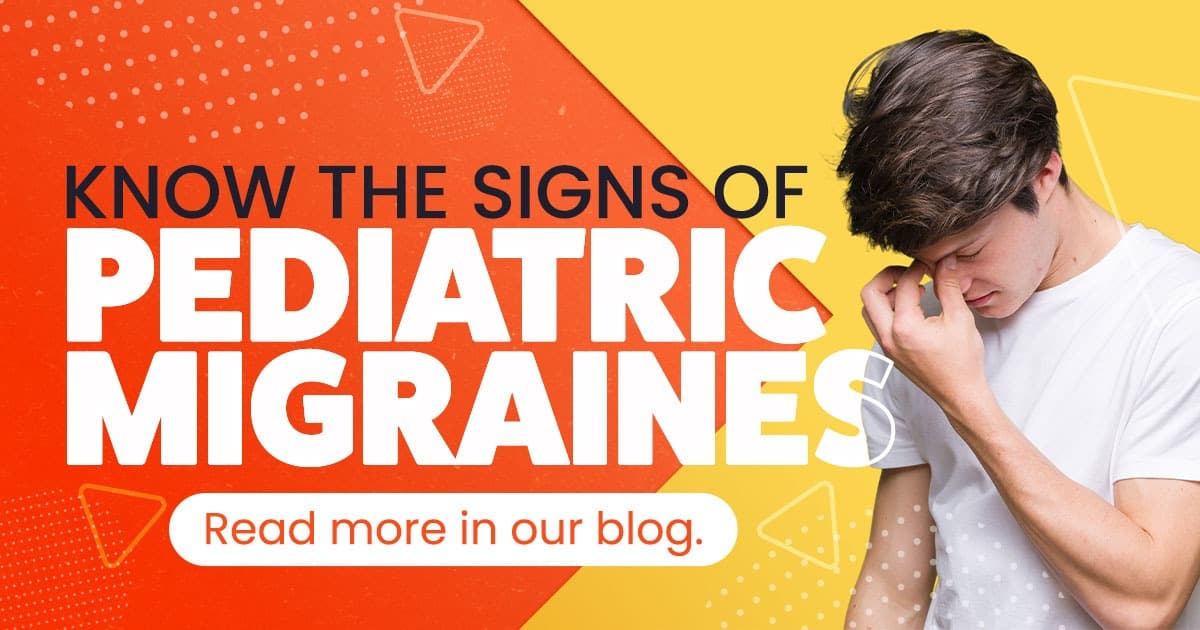Headaches and migraines can happen to anyone, at any age, including young children and teens. The intricacies and symptoms of the disorder are different in children than in adults. At the same time, children aren’t always able to communicate their symptoms in detail. As a result, many patients go undiagnosed for years. Given this, parents need to learn about recognizing migraines in kids and teens that suffer from frequent severe headaches.
Signs and Symptoms
About 10% of school-age children suffer from migraines, and up to 28% of adolescents (aged 15-19) are affected by them. The American Migraine Foundation outlines a few key differences between children’s migraines and those of adults:
- Migraines in children are typically shorter in duration and occur less frequently
- The pain children experience tends to be more bilateral, such as across the forehead, rather than unilateral (on one side of the head)
- Changes in a child’s behavior include wanting to sleep or lying down in a dark, quiet room.
While symptoms in kids and teens may vary from adults, children can be just as disabled. Children often develop anticipatory anxiety, worrying that at any time, an attack could disrupt their life. They are also absent from school twice as often and unable to participate in typical afterschool and weekend activities.
Learn the Triggers.
Whether or not your child’s been diagnosed, keeping a headache diary is an important step in managing migraines. This journal keeps track of the frequency, severity, and observed behaviors leading up to, during, and after an attack. It also summarizes what they encountered or consumed.
For instance, you may observe changes in their behavior like loss of appetite, irritability, yawning, food cravings, lethargy, withdrawal, and mood swings. Other indicators may include sleepwalking, sleep talking, and night terrors. The information you gather can isolate and identify things that trigger attacks and any patterns of behavior leading up to a migraine that serves as an early warning to act.
The most common migraine triggers in children are:
- Inadequate or changes in sleep patterns
- Missing meals
- Stress
- Changes in weather
- Bright lights
- Loud noises
- Strong odors
- Hormonal fluctuations
A Less Painful Future
Very few of the available migraine medications have been FDA approved for use in children. Safe, effective options for prevention and treatment are essential for relieving children’s suffering and improve overall management for their migraines.

Woodland Research Northwest is seeking kids aged 6-11 who are experiencing frequent migraines to enroll in upcoming studies looking into potential new options. Explore if pediatric migraine studies could be an option for your child today! Call us at 479-927-3000 or visit our website for details and application.
Sources:













